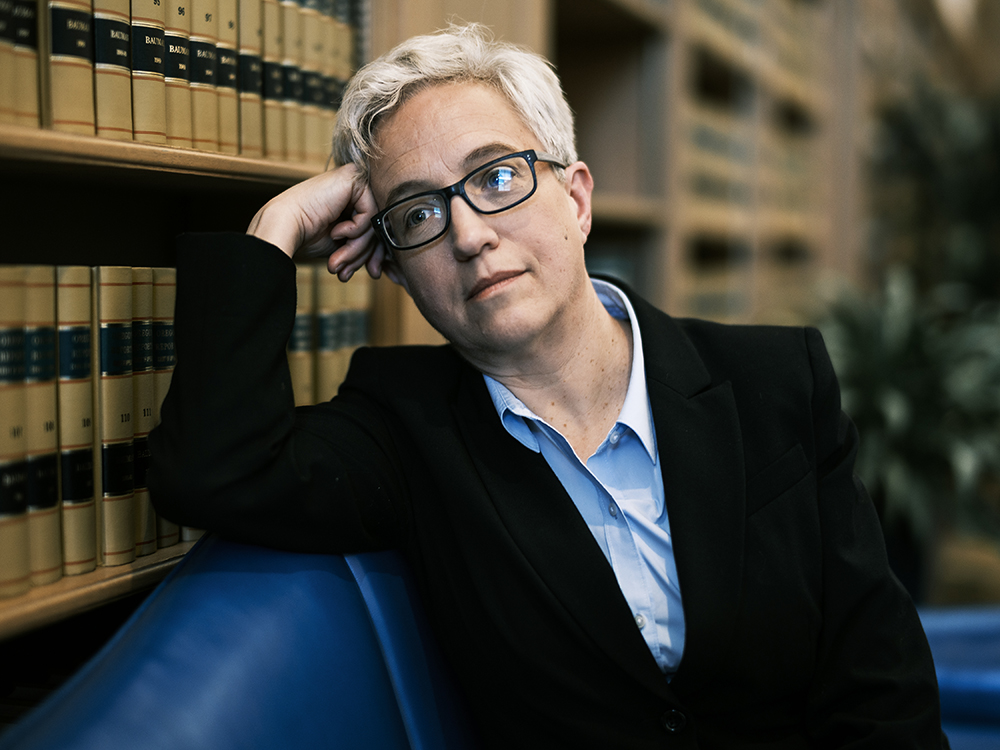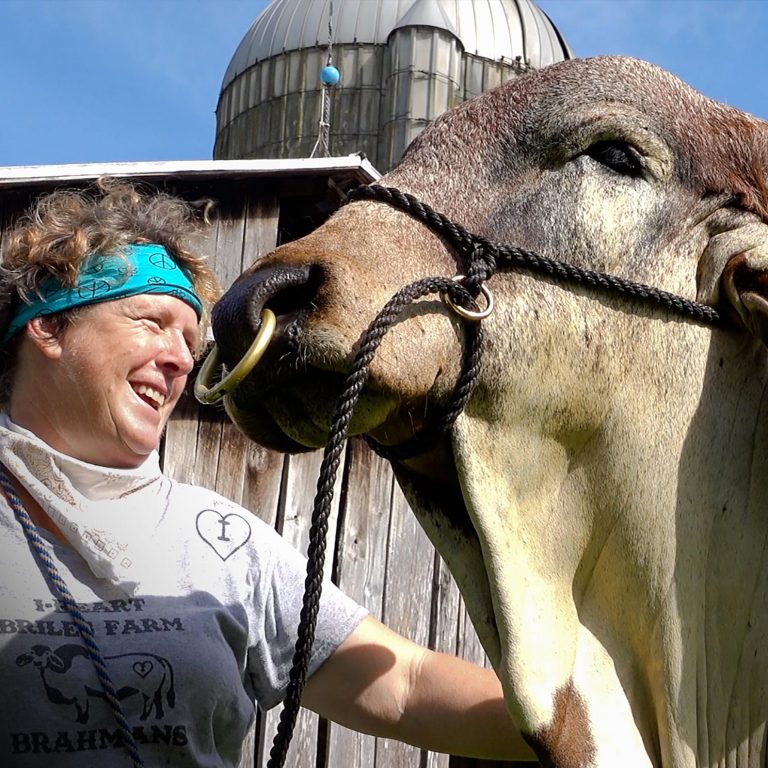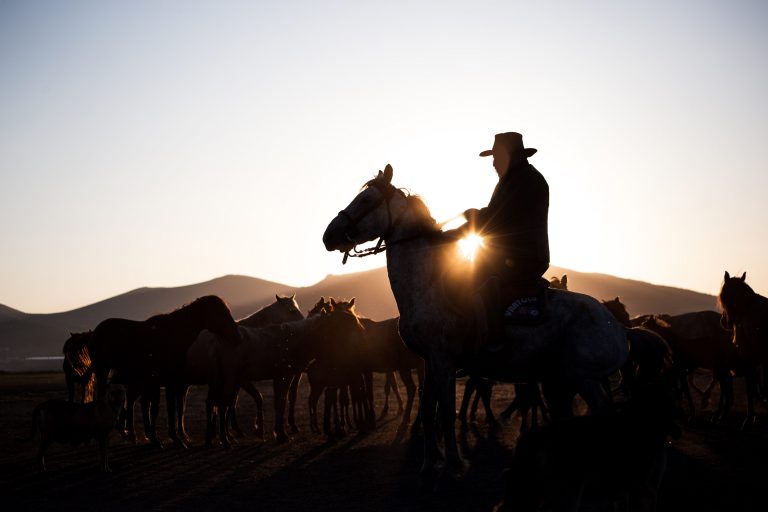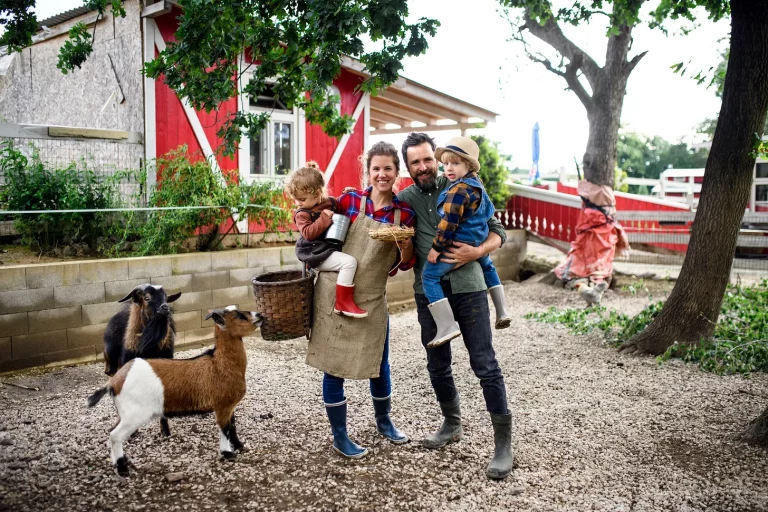Yanasa TV News
Public backlash paused new rules and kept lifelines for small farms alive.
When Oregon’s land-use agency floated changes that many farmers feared would narrow what a “farm stand” can do, the backlash was immediate and loud. Farm owners, customers, counties, and advocacy groups piled on with comments, coverage, and calls to the Governor’s office. On July 25, 2025, Gov. Tina Kotek hit the brakes—ordering the Department of Land Conservation and Development (DLCD) to pause the rulemaking and “reassess next steps.”

That pause is still in effect. DLCD’s own rulemaking page and a staff briefing to the Land Conservation and Development Commission (LCDC) confirm: after an “extremely large volume” of public input, the process was paused at the Governor’s direction, with staff scheduled to brief commissioners at the Sept. 25–26 LCDC meeting rather than advance draft rule text. In other words, no new rules are in force, and the conversation has shifted to a reset.
Even outlets that initially framed the summer debate around crowding and agritourism impacts now acknowledge the effect of public pushback: political leaders and regulators are recalibrating their approach. Coverage from August through mid-September tracks the arc from “ditch the rules” headlines to a Kotek-led “reset,” with agricultural regulators expected to help rethink scope and process before anything formal returns.
Related Flashpoint (2024): Oregon’s Small-Dairy Fight Shows What Public Outcry Can Do
Before the farm-stand uproar, Oregon saw a similar grassroots win around very small dairies. In 2023–24, the Oregon Department of Agriculture (ODA) began treating tiny, pasture-based raw-milk dairies as CAFOs (confined animal feeding operations) based on a broad reading of “confinement” that could be triggered simply by bringing a cow across a barn floor to milk. After farmers and customers raised the alarm—and four small dairies sued with help from the Institute for Justice—ODA withdrew the policy in March 2024, acknowledging it would have forced expensive wastewater systems and new fees on micro-operations.
Through 2024, regulators then rewrote the rules to narrow who actually needs a CAFO permit. Drafts clarified that a CAFO is an operation housing animals 12+ hours/day for 120+ days/year, and set a lower-limit threshold so that farms with fewer than 20 dairy cows (or fewer than 250 laying hens) don’t need a CAFO permit unless they generate 100+ gallons/day of liquid manure/wastewater. Coverage at the time called it a meaningful win for diversified small farms.
By October 2024, after ODA moved to narrow its approach, the small-dairy lawsuit was dropped—a clear example of how public pressure + litigation produced practical relief for tiny producers.
Why this was a win for farmers (and the public)
Oregon’s current framework already sets boundaries. On Exclusive Farm Use (EFU) land, farm stands are a permitted use designed primarily to sell farm products; they can also offer some incidental retail items and hold promotional activities, but event/retail income is capped at 25% of total stand revenue, and counties can’t be stricter than state rules. That baseline remains intact during the pause.
The proposed tweaks worried small operators because secondary on-farm income is not a luxury—it’s the bridge that keeps a farm solvent through bad weather, weak markets, or crop failures. A U-pick weekend, a fall pumpkin patch, a few concerts or suppers showcasing the farm’s products, a cooler with value-added goods—those are the margins that cover fuel, repairs, and payroll when commodity prices wobble. When customers rallied behind beloved stands (from tulip fields to berry farms), that outcry signaled something politicians could not ignore: farm stands are not theme parks—they’re a lifeline.
Grassroots proof? The day Kotek paused the process, farm supporters trumpeted, “We did it!” and thanked people who flooded inboxes and phone lines. That public pressure is what forced the policy timeout.Where things stand right now
- Paused—formally. DLCD postponed publishing draft rules and is briefing LCDC instead. No changes to existing farm-stand allowances or the 25% cap.
- Counties are watching. Local planning memos say there’s been no new rulemaking activity since the pause; they, too, point to the Sept. LCDC update for direction.
- The narrative shifted. After the outcry, discussion moved from “tightening” to a “reset” that could clarify rules without crushing small farms.
Why farm stands matter—especially for small farms
- Cash-flow stability. Secondary on-farm income smooths seasonal shocks and diversifies revenue beyond raw commodity sales (which farmers don’t control).
- Local food access. Farm stands shorten supply chains, keeping dollars in rural communities and letting consumers buy fresher food.
- Education & goodwill. Agritourism and small events connect urban and suburban families to working lands—essential in a state that fiercely protects farmland through zoning.
- Stewardship funding. Those “extras” often pay for soil health investments, irrigation upgrades, habitat projects, and safe parking/traffic management—directly addressing the very concerns that sparked the discussion.
Oregon’s own materials acknowledge these values, emphasizing shared statewide support for farm stands and broad citizen involvement as a foundation of the land-use system.
So… where will this go?
Based on agency signals and recent reporting, expect a phased, narrower restart—more clarification, less reinvention:
- Clarify—not curtail—the basics. DLCD is likely to clarify definitions (what counts as promotional vs. primary use, how to treat incidental retail) while preserving the 25% cap and the core purpose of stands.
- Targeted fixes for outliers. Traffic, safety, and nuisance issues at a handful of very popular destinations may be addressed with practical tools (site plans, parking/ingress management, seasonal traffic coordination) rather than blanket limits that punish small operators. This “reset” framing is already circulating among ag regulators.
- More public process, earlier. After the summer’s flood of comments, look for earlier and wider stakeholder engagement before any draft rules resurface. DLCD’s briefing explicitly cites the volume of input as a reason for the pause; that experience will shape the next round.
Bottom line
Public outcry worked—and for good reason. Farm stands keep small farms alive, keep local food local, and keep Oregonians connected to the land. The Governor listened, DLCD paused, and LCDC will hear an update before anyone touches rule text. For now, the rules you know remain the rules you live by—and the momentum points toward clarity and balance, not crackdowns.
Sources: Oregon Capital Chronicle’s Aug. 14 report on the post-pause landscape; DLCD’s rulemaking page and Sept. 11 staff briefing; OPB/KGW/Statesman Journal coverage of the July 25 pause; Capital Press on the September “reset”; county planning memos and farm statements reflecting the grassroots response.








